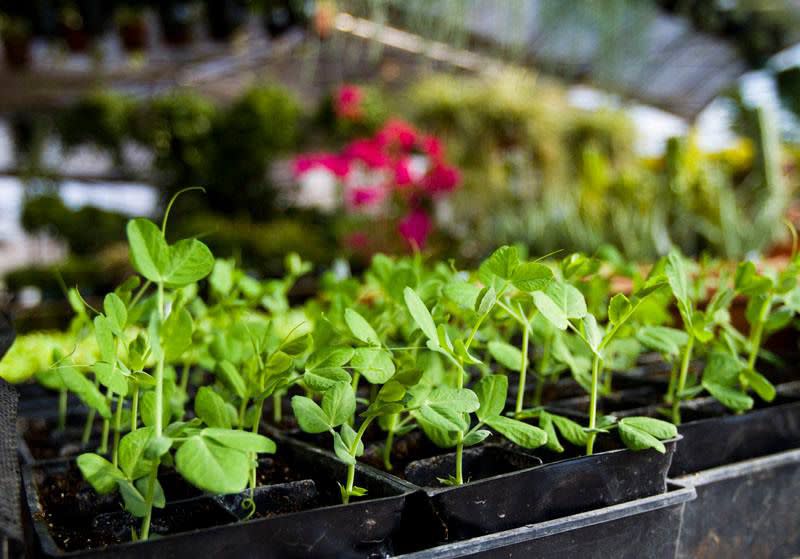5 Tips for Picking Out the Best Plants at the Nursery This Spring
Choosing the healthiest plants is crucial

Winter is for enjoying time in your home, and summer is for enjoying time in your yard. But shoulder seasons—fall and spring—are for preparation. In spring, we venture outdoors to nurseries and begin looking to fill our gardens with the best flowers and greenery the year has to offer.
While strolling through the aisles of your local nursery, everything looks spectacular, until you take a closer look. There are some key things to look out for when you’re picking out the flowers and plants you want to care for this summer. After all, it’s best to start with the best and grow them from there.
Want more gardening tips? Sign up for our free gardening newsletter for our best-growing tips, troubleshooting hacks, and more!
Inspect Leaves and Stems
This might seem obvious, but take a good look at the plant you’re purchasing. You want the leaves to be vibrant and glossy, and the stems sturdy. You also want to make sure there aren’t signs of damage or discoloration on the leaves and stems.
Healthy foliage indicates that the plant is likely healthier in its roots too. And make sure your plant has a balanced growth habit, which means that it isn’t super patchy, showing signs that it might be weakened.
Check the Soil
You’ll want to avoid any plants that are excessively dry or totally waterlogged because that doesn’t bode well for the plant once you get it home. Of course, you’ll want to check with someone who works at the nursery to see what their watering schedule is, just to make sure you’re not checking plants immediately after they were watered. Ideally, you’ll get to choose plants that have evenly moist soil.
Dig a Little Deeper
Examine the roots of the plants as well as you can. You likely won’t be able to take a plant fully out and pull apart the dirt, but there are little keyholes in most nursery plants that will show you windows of a plant’s roots. You want healthy roots with firm, white, and evenly distributed roots throughout the soil.
You also want to select plants that are spaced in their containers appropriately. You want to avoid root-bound plants or any plants with roots that look like they’re decaying, both of which might cause them to struggle once you repot them.
Check for Pests
A worst nightmare for many gardeners is taking a plant home only to realize its overridden with bugs—bugs that can then infest your other plants. Thoroughly check both the upper and lower surfaces of the leaves on your nursery plant to see if there are any bugs or insects making a home there.
For Flowers, More Is More
When you’re picking out a bouquet at the supermarket, you’re likely choosing a bundle of flowers that are just buds getting ready to bloom. This is similar to how you want to pick flowers at the nursery. Choose a plant with an abundant number of unopened flower buds—that means your plant won’t be finished blooming by the time you get home, and the growth is active.
In the end, don’t hesitate to ask someone at the nursery. Most of the folks at local nurseries are knowledgeable and happy to help guide you with your plant selection and care.
Read Next: 7 Landscaping Mistakes You Should Avoid Making, According to Experts
Read the original article on The Spruce.

